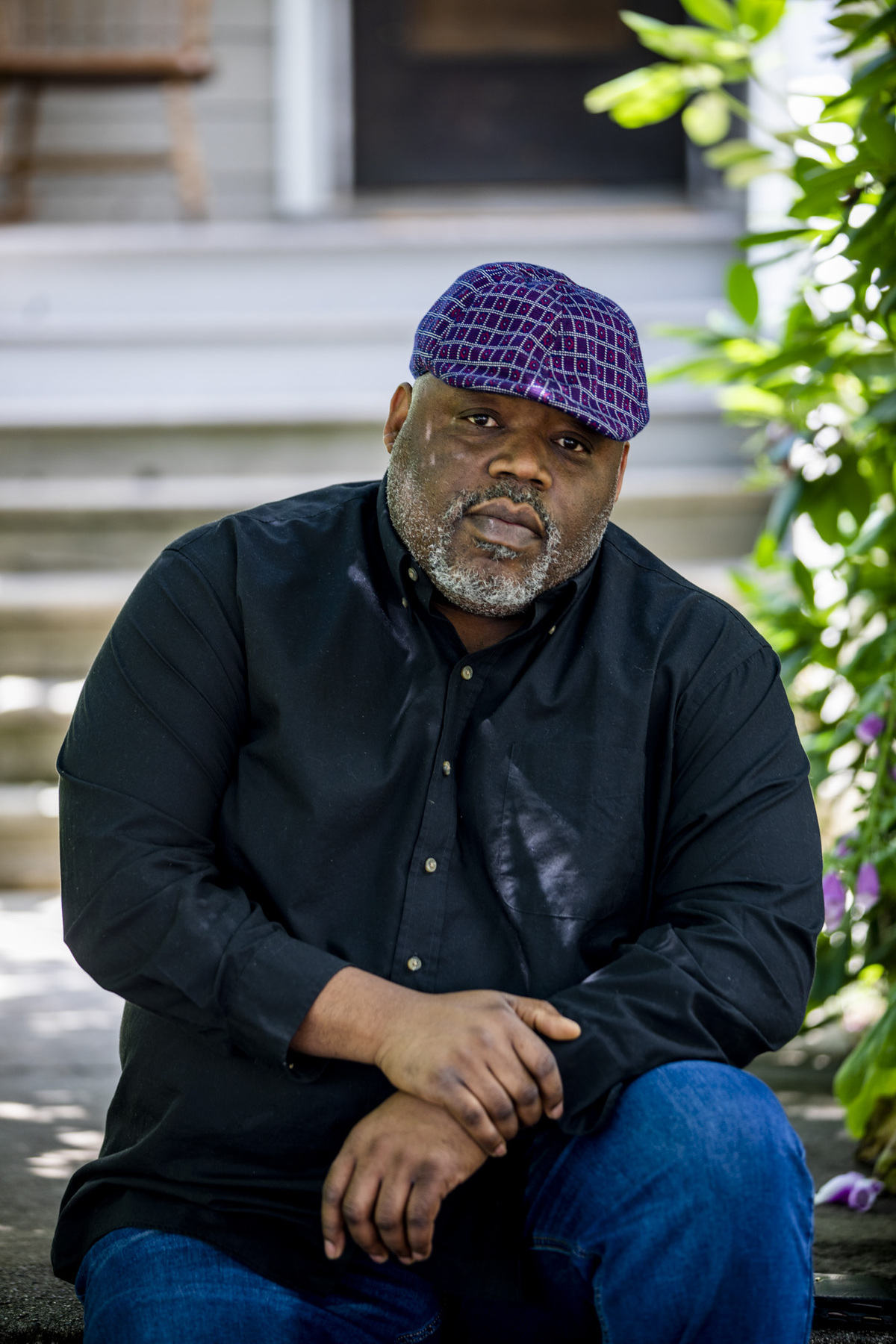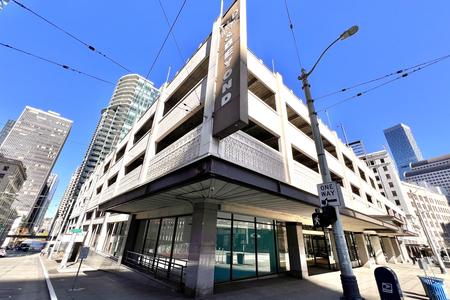Inye Wokoma is a journalist, filmmaker and visual artist. His family has lived in the Central District since the 1940s
In many ways the celebration of Juneteenth is a marker, a symbolic placeholder that allows Black America to focus on what has been a constant in our existence prior to and after June 19, 1865 — the ongoing struggle for our liberation. It is a moment to hold up an aspect of our reality that is distinct from all other American citizens, except perhaps our First Nations kin. Our lives are almost entirely defined by the perpetual fight against white supremacist systems and a psychic and cultural environment saturated with what the writer and therapist Resmaa Menakem calls “white body supremacy.” Juneteenth is an opportunity to celebrate our continued resilience and resistance to ongoing attacks on our humanity.

Juneteenth is no small gesture on the continuum of acts of Black cultural evolution. It is a reflective statement reinforcing our intrinsic value to ourselves. Thus, what it looks like and means in practice changes, depending on whom you talk to. For me, in 2020, it is about the legacy of resilience as embodied in the work I do through Wa Na Wari, a Seattle home for Black artists. This work of holding space for Black ownership and community building in the gentrified Central District resonates loudly in this moment. Yet again, our nation seems gripped by another wave of reflexive convulsions of racial reckoning. That our nation periodically experiences these heightened states of awareness only underscores how perpetual liberation work is for Black and Indigenous folk.
This is legacy work; transgenerational, land, letters, love and whole being healing work. My work started before I was born. I inherited it from my parents and grandparents. They helped build a community here in Seattle out of nothing. Against all odds, pushing, fighting, dreaming, loving and resisting every single day of their lives to create something better for their progeny. America demanded no less, gave no quarter, offered little respite. Here in Seattle so much of what they fought for has been lost, but we have not lost. In service of my community we have taken up the best of what remains of their life’s work, their steadfast commitment, the values of togetherness in family and community, the beauty of their imagination, the power they modeled in claiming resilience as a liberating impulse emanating from their hearts. With these lessons I am helping reimagine and build on what they started. I want to ensure that our progeny won’t have to retrace the same ground we walked. I do this work alongside so many other committed individuals and organizations in our community. It is an honor.
Read more reflections in our Juneteenth series, published in partnership with South Seattle Emerald, below. For more on the history of the holiday, see historian Quintard Taylor's essay at BlackPast.org.
- Juneteenth contains multitudes by Ben Danielson
- A cautionary tale by Lola Peters
- Joy is not the vinyl. It’s the record player by Anastacia-Reneé
- The next wave of emancipation by Reagan Jackson
- On police violence and unexplained loss by Vivian Phillips
- Joy is a revolutionary act by SassyBlack


